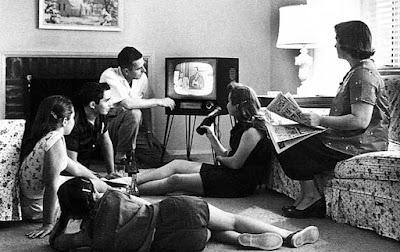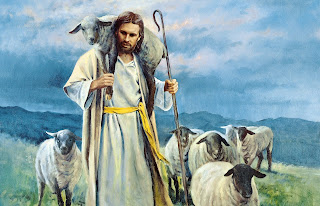SALVATION ARMY - who
are you? – Part 2
Significant
influences
By David Woodbury
It may well be that there other cultural issues were impacting
the decline of The Salvation Army but we cannot just ignore the strong
influences of the Charismatic Movement and church growth philosophy. The latter
may not have been a cultural or theological fit for The Salvation Army in
Australia. These influences at the time were not only popular but actively
encouraged and promoted by some in leadership and became part of Salvation Army practices.
During the 1980s officers in the erstwhile Australia Eastern
Territory were increasingly exposed to allegedly church growth experts more
often than not from American, personality-centred mega-churches such as Robert
Schuller, John Wimber, Wayne Cordeiro, Bill Hybels, and Rick Warren etc. Large
financial resources were spent on sending officers to some of these centres,
mostly in the United States, to learn church growth principles which would, we
hoped, reverse the perceived decline in our organisation; a practice that
continued for some decades. No doubt some officers benefited personally from
the strategy; however, there was no impact on the territory.
If this philosophy had been correct, then our soldier’s roll
would have continued to grow, however, quite the reverse is true. From around
that time, the soldier’s roll went into freefall. From 13,257 soldiers in the
late 1980s, we have declined to 7,880 by 2016 (around 41% decrease). Now while
there may be some cultural issues present and given the fact that Papua New
Guinea was separated from the Eastern Territory in this period, the decline is
still quite dramatic. Like any army around the world, be it military, secular or
spiritual, our strength is measured in our enlisted personnel. An army without
soldiers is a contradiction in itself.
While this decision, to go down the path of the American
mega-church movement, was no doubt taken in the belief that this was a correct
decision, however, in hindsight its impact is questionable and it may well be
that this influence has not only weakened The Salvation Army but also eroded
our authentic identity. The decision to persist with this policy when obviously
it was not producing results is quite puzzling and we can only speculate on the
mindset behind it.
The Charismatic movement introduced a style of community
that in some ways, appealed to more secular standards with an emphasis on
entertainment in its services and a bent towards emotionalism. Fluid
congregations and church hopping, or church shopping became more commonplace, a
phenomenon that was in some ways foreign to The Salvation Army.
It had a more self-orientated, inward focus with an emphasis
on spiritual gifts and one-directional music that focused largely on the
relationship between the church member and God. In comparison, The Salvation
Army had broader spectrum music that addressed the relationship between the
Salvationist and God but also included a call to holiness and an emphasis on
the Salvation of others.
Many probably concluded that since these charismatic
churches were drawing significant numbers of attendees, this is the way to improved
attendance in The Salvation Army. The reality is that numbers do not
necessarily indicate God’s blessing and, as with any human institution, good
public relations and slick advertising and presentation, can generate a
following. While there are exceptions, in some areas today many local Salvation
Army corps look, and sound little different to the contemporary church down the
road and have lost their distinct sense of identity.
As these influences impacted our movement we became less
focussed on soldiership and sought other levels of membership that required
less commitment, sacrifice and dedication. With the adoption of
charismatic and mega-church philosophies it may well be that we have lost our
uniqueness and with it, our identity.
Perhaps it is worth noting that The Salvation Army in the
developing countries, particularly on the African content, is growing
significantly with a more traditional Salvation Army identity, yet with its own,
cultural persona. Are we to conclude that the traditional Salvation Army model,
with its unique identity, is no longer workable in western culture?






Within our western culture, or at least on the margins of it, there are many distinct groups: neo nazis, bikie gangs, cults, chess groups, surf lifesavers, the SES.
ReplyDeleteAttracting and gaining members comes from a strong sense of identity and a clear set of expectations, once those are set the ones who identify with the group will find their way to it.
What is The Salvation Army in Australia? What do we stand for? What do we expect of our ranks? What happens to those who don't make any effort?
What are we offering?
Do Salvationists even know who we worship any more? because I don't see it in our leadership